Norse Pagan Worm Composting Bin and Shrine
Vermicomposting for Nidhogg, Nithogg, Nythogg, Níðhöggr and Jord, Jörð, Jorth
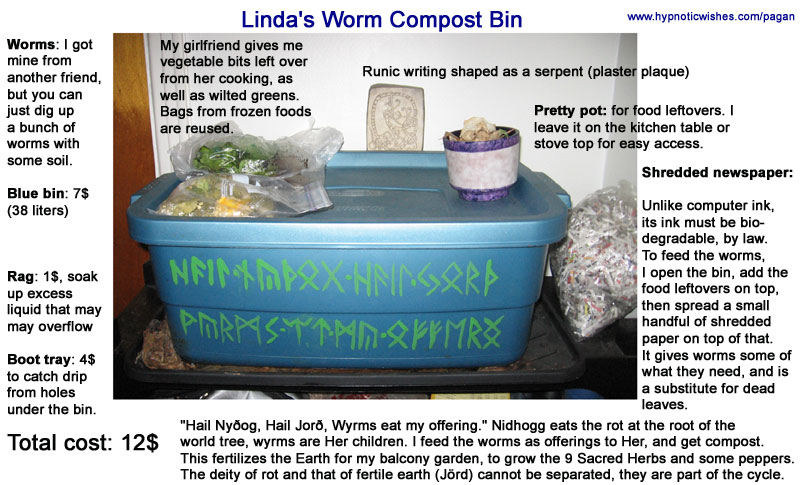
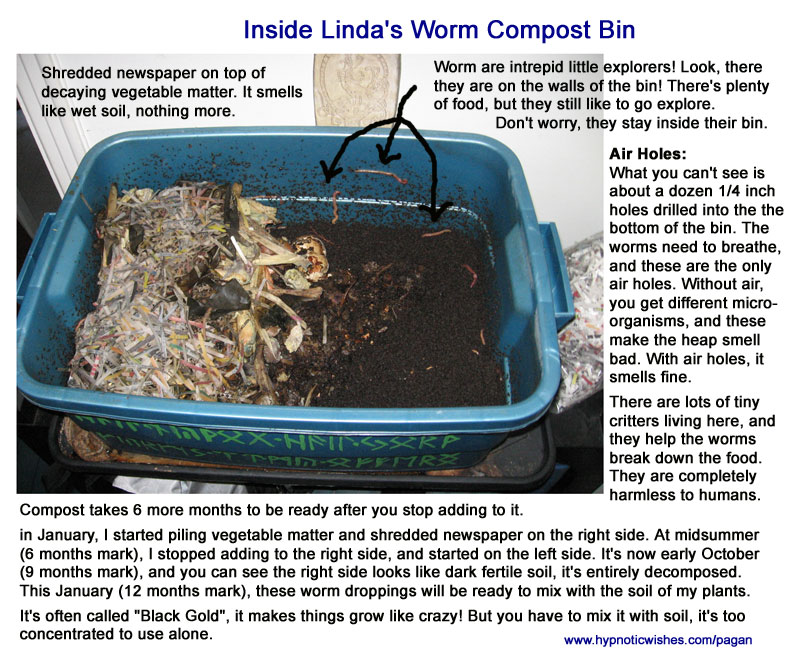
Building a worm compost bin (vermicompost) and Northern Tradition Pagan altar to Jord and/or Nidhogg
- Worms: I got mine from another friend, but you can just dig up a bunch of worms with some soil.
- Blue bin: 7$ (38 liters)
- Rag: 1$, soak up excess liquid that may may overflow
- Boot tray: 4$ to catch drip from holes under the bin.
Total cost: 12$
“Hail Nyðog, Hail Jorð, Wyrms eat my offering.”
Nidhogg eats the rot at the root of the world tree, wyrms are Her children. I feed the worms as offerings to Her, and get compost. This fertilizes the Earth for my balcony garden, to grow the 9 Sacred Herbs and some peppers. The deity of rot and that of fertile earth (Jörd) cannot be separated, they are part of the cycle.
When I put food in my bin, I usually say something like: “Hail Nidhogg, I feed your little ones. Hail Jord, may fertile earth be renewed.”
Other useful things:
Shredded Newspaper: Unlike computer ink, its ink must be bio-degradable, by law. To feed the worms, I open the bin, add the food leftovers on top, then spread a small handful of shredded paper on top of that. It gives worms some of what they need, and is a substitute for dead leaves. I use junk mail newspapers, and my office paper shredder. You can see wet newspaper on top of the pile inside the bin. It all smells like wet earth, nothing more.
Pretty pot: for food leftovers. I leave it on the kitchen table or stove top for easy access.
Plaque of Nidhogg: Runic writing shaped as a serpent (plaster plaque).
Leftovers: My girlfriend gives me vegetable bits left over from her cooking, as
well as wilted greens. Bags from frozen foods are reused. She keeps saying: “Linda, I have food for your worms!”
Air Holes: What you can’t see is about a dozen 1/4 inch holes drilled into the the bottom of the bin. The worms need to breathe, and these are the only
air holes. Without air, you get different micro-organisms, and these make the heap smell bad. With air holes, it smells fine. There are lots of tiny critters living here, and they help the worms break down the food. They are completely harmless to humans.
Worm are intrepid little explorers! Look, there they are on the walls of the bin! There’s plenty of food, but they still like to go explore. Don’t worry, they stay inside their bin.
What can I put into the compost heap?
Green Light: You can put vegetable matter, bread, veg-tanned leather, rinsed eggshells (I don’t, they decay too slowly, and make white crumbly bits), leaves, shredded newspaper.
Yellow Light: You probably don’t want to put fruits in the compost, that creates annoying fruit flies. The rinds of fruits are okay once the fleshy parts is removed, generally. I had fruit flies for the first 6 months of my compost, but now they’re all gone. I assume having reached a certain mass of compost helps. I only put rinds in now, or if I do add fruits, I bury them under other decaying vegetable matter.
Red Light: You can put tiny amounts of meat or fats, every few weeks. The worms like it and need some of those nutrients. But any more than that will make your compost stink… like rotting meat.
Don’t put milk producs, that will stink. Don’t put salsa, salad dressing, marinades, or anything highly acidic. The worms don’t like it, and it might kill them if you put too much. You can put small amounts… but the worms will ignore it for months while the acids get dissolved.
How Long Does It Take?
Compost takes 6 more months to be ready after you stop adding to it.
In January, I started piling vegetable matter and shredded newspaper on the right side.
- 6 months mark: At Midsummer, I stopped adding to the right side, and started on the left side.
- 9 months mark: It’s now early October, and you can see the right side looks like dark fertile soil, it’s entirely decomposed (see picture).
- 12 months mark: This January, these worm droppings will be ready to mix with the soil of my plants.It’s often called “Black Gold”, it makes things grow like crazy! But you have to mix it with soil, it’s too
concentrated to use alone.
How Do I Learn More?
For more information, you can search the web for “indoor vermicompost bin how to”, or get a great little book like I did, called Worms Eat My Garbage by Mary Appelhof (yes, her last name means Apple-Temple in Old Norse). You can find a touching eulogy to her here, and you can read a summary from the book here. Also search for vermicompost videos on YouTube.
But I have a Yard!
If you have a yard, it’s easy… just dump all the vegetable matters into a pile. It’ll decay. You can help the worms by adding layers of leaves or shredded newspaper, but it’ll all decay eventually anyway, and not go into the landfills.



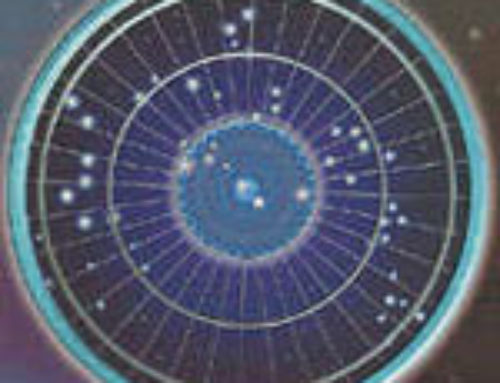
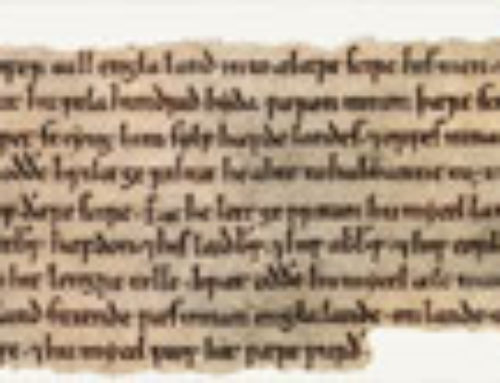
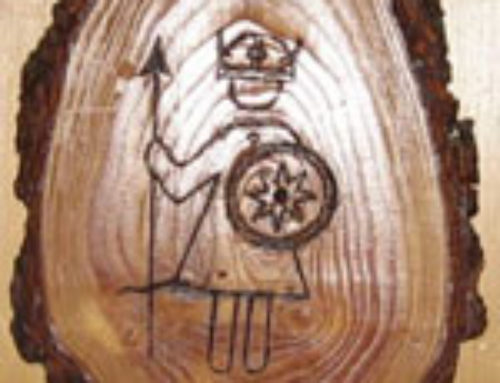
Leave A Comment
You must be logged in to post a comment.